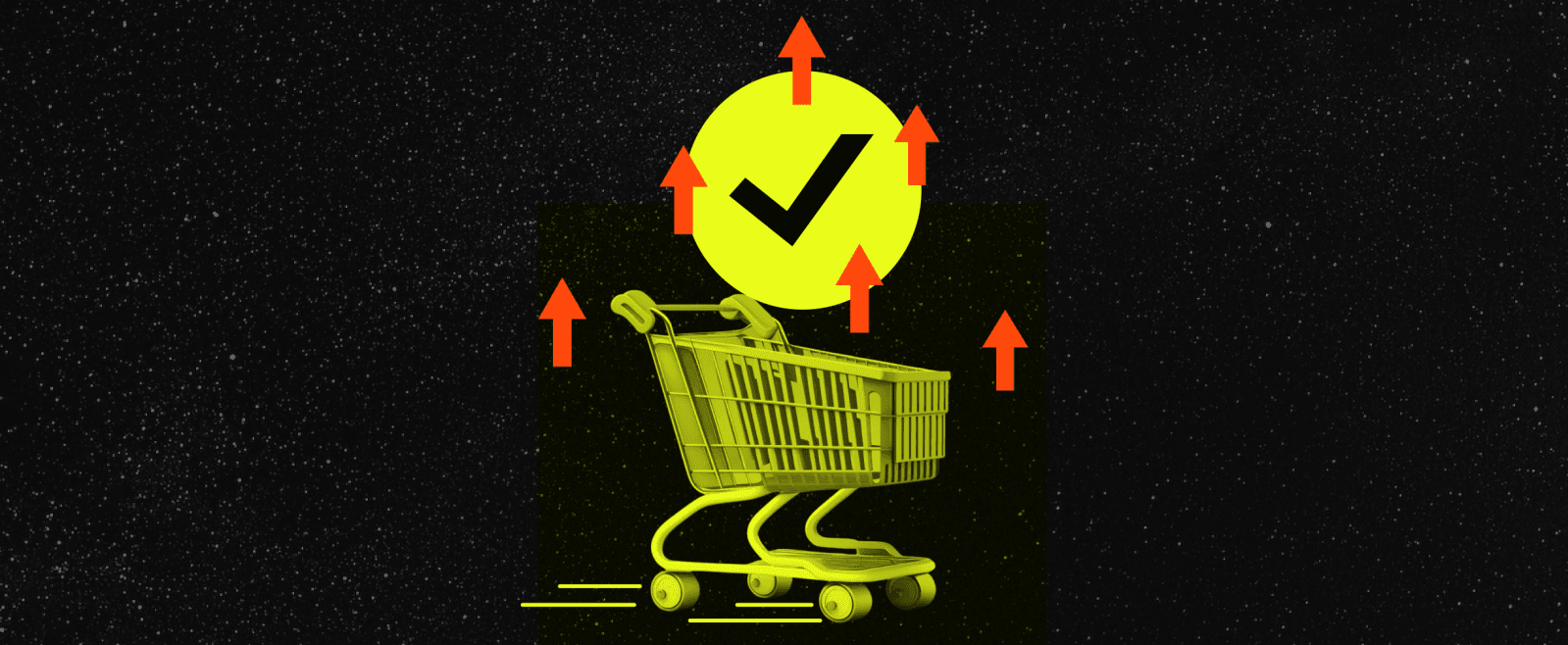Server-Side Rendering Vs Client-Side Rendering: All Webpage Rendering Methods Explained
As a web developer, it’s important to have a solid understanding of webpage rendering. Especially if you love building interactive and visually appealing user experiences to captivate and wow your users. So let's get down to it.
Webpage rendering refers to the process of displaying the content of a webpage on a user's device and involves taking the raw HTML, CSS, and JavaScript code that makes up a web page and turning it into beautifully crafted experiences.
There are several approaches to rendering a web page, and they include:
- Server-Side Rendering (SSR): Involves rendering a client-side application on the server before sending it to the client's browser
- Client-Side Rendering (CSR): Renders a client-side application in the client's browser
- Static Site Generation (SSG): Generates a static HTML website from a set of templates and content files
- Incremental Static Regeneration (ISR): A hybrid approach that combines SSG and SSR
This information is essential for any developer working with modern web technologies.
Webpage rendering is a crucial aspect of web development, and understanding the different approaches can help you make informed decisions about how to build and maintain your application. Whether you're building a content management system, a blog platform, a news website, or a web application, this knowledge will be valuable.
Let's dive in and learn more about web page rendering. By the end of this short blog, you'll have a clear picture on this topic.
Server-Side Rendering (SSR)
Server-side rendering (SSR) is a process in which a client-side application is rendered on the server before being sent to the client's browser. This allows the application to be fully rendered and interactive when the client loads it, rather than requiring the client to wait for the program to be downloaded and rendered in the browser.
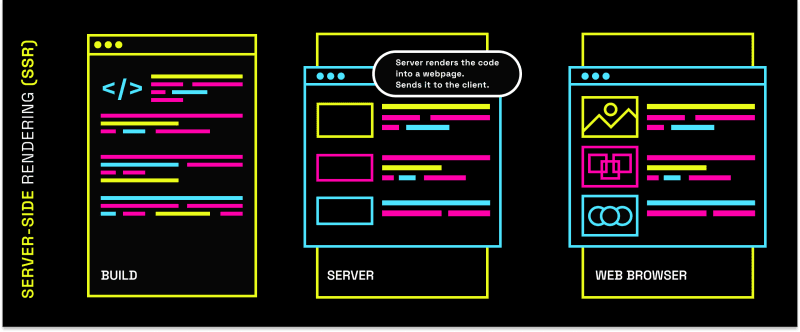
An example of an SSR application is a content management system like WordPress, where the server sends the HTML, CSS, and JavaScript needed to render a page, along with the content of the page itself.
Static Site Generation (SSG)
Static Site Generation (SSG) is a technique that generates a static HTML website from a set of templates and content files. An example of an SSG application is a blog platform like Gatsby, which takes a set of Markdown files as input and generates a static HTML website from them.
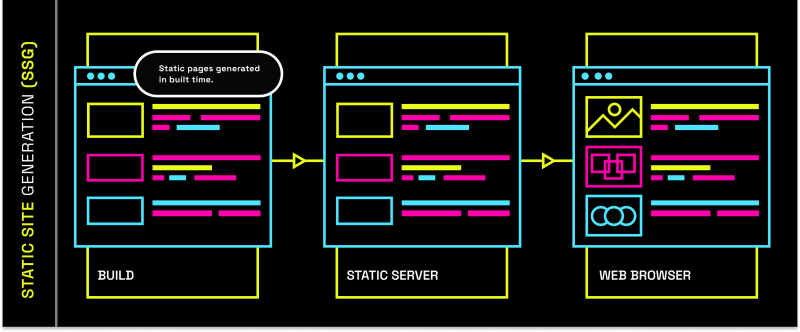
Using SSG allows for faster loading times, as the static HTML website can be directly served by a CDN or other static file hosting service without the need for a server to generate the content on each request dynamically. This results in the faster and more efficient delivery of content to users.
Incremental Static Regeneration (ISR)
This is a hybrid approach that combines SSG and SSR. With ISR, a static HTML website is generated from templates and content files and updated regularly (e.g., hourly, daily, etc.). This allows for faster loading times while still allowing the website to be updated regularly with fresh content. An example of an application that uses ISR is a news website that updates its content multiple times per day.
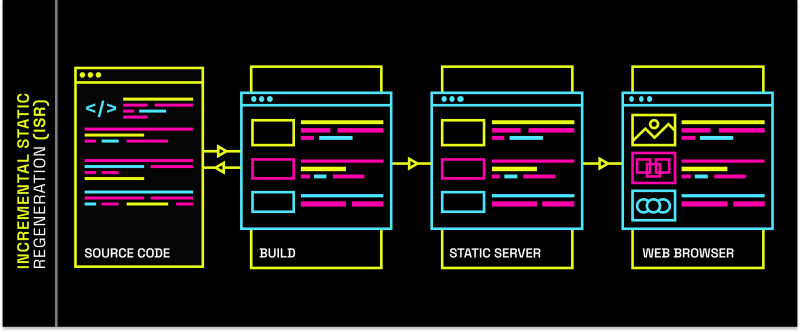
Client-Side Rendering (CSR)
CSR is a process in which a client-side application is rendered in the client's browser. This means that the application is downloaded and executed by the client's browser, and the rendering is done entirely on the client's side.
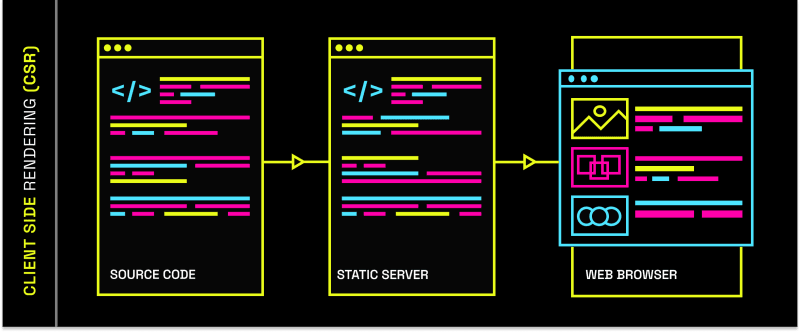
An example of a CSR application is a single-page application (SPA) built with a framework like React or Angular. When you request a page on a SPA, the browser downloads the necessary JavaScript and renders the page dynamically without the server sending a fully-rendered HTML page.
I hope this helps give you a better understanding of the different approaches to rendering a web application.
Happy coding!


